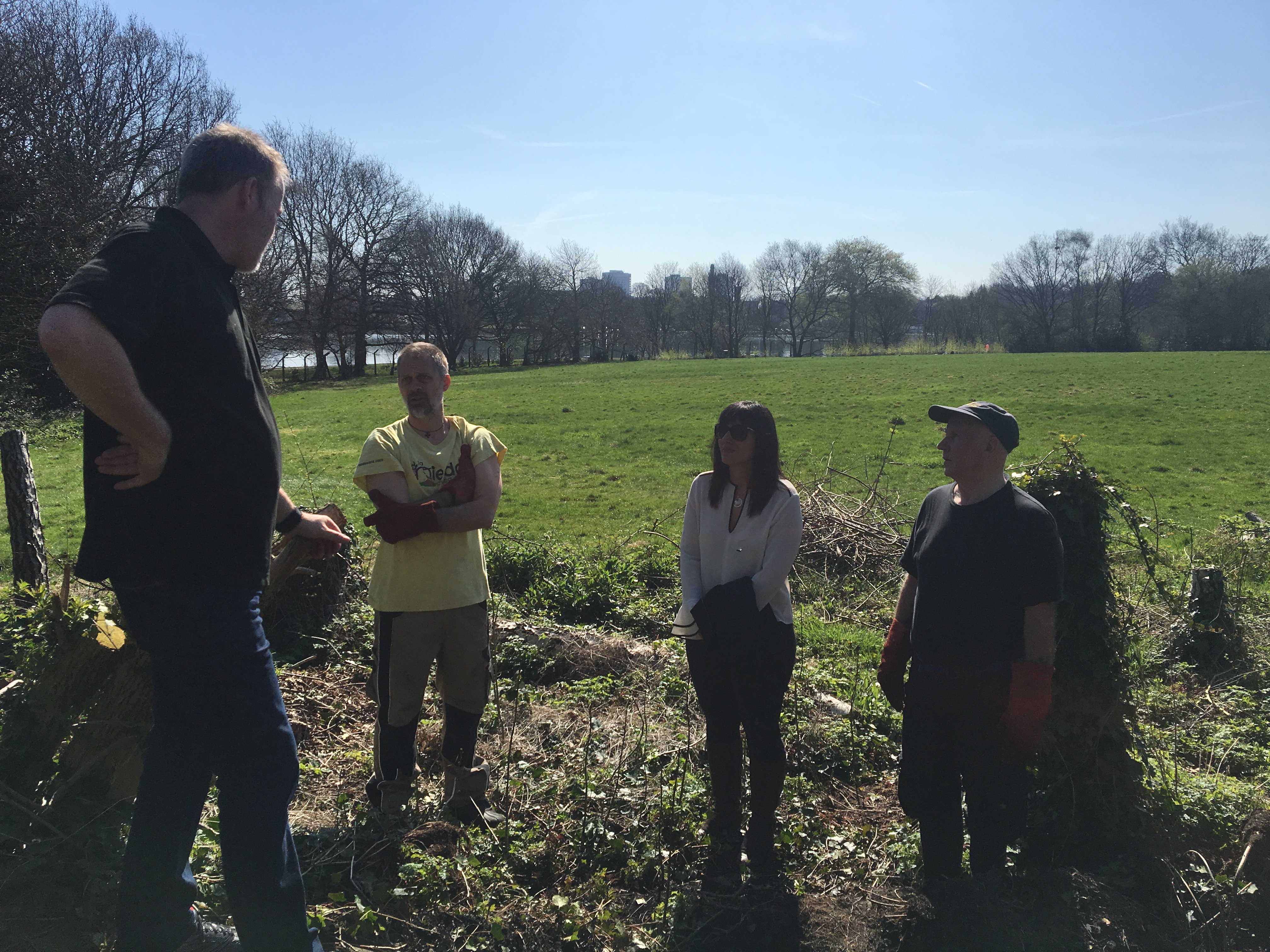Conrad Parke talks us through the opportunities and challenges of working with developers
Can you describe the experience of working with Urban Splash and how that compares to working with Birmingham Settlement?
Urban Splash, the developers for Port Loop, to put it simply, don’t need us. It doesn’t mean they have not been interested in USE-IT! or in engagement with the local community but it has to be acknowledged that it is not a priority for them. As a consequence our experience of working with them only really took shape when Urban Splash expressed an interest in developing some empty buildings on the Port Loop site (the Tube Works) as a possible community asset and we were able to broker the partnership with the Impact Hub which we thought would be a suitable organisation to lead the negotiations on behalf of the Ladywood community.
Working with the Birmingham Settlement has, by contrast, been different right from the beginning as they have wanted a partnership with the community from day one in order to develop a genuinely community owned planning application. This is partly due to the 3rd Sector ethos of the Birmingham Settlement, compared to the private sector approach of Urban Splash, but also because we were able to engage the community far earlier in the process with regard the reservoir playing field whereas the Port Loop development was already a done-deal before USE-IT! came along.
Has this experience changed your views on how best to engage and collaborate with such organisations?
Even though we have had set backs working with Urban Splash the reality is we could have done a lot, lot worse. At least Urban Splash have been interested in a partnership to develop the Tube Works. Many other developers wouldn’t have even gone that far. In order to change this situation USE-IT! believes much more has to be done during the Supplementary Planning process. If , as a society, we are genuinely interested in getting private sector developers to commit to outcomes such as local economic development, community ownership of open space, inclusive growth etc then clauses need to be included to this end in the Supplementary Planning Document (i.e. that a percentage of the spend will go to local social enterprise during the construction phase, that a steering group with local residents will be set up to agree how the new site will connect to the existing neighbourhoods etc.) which are then enforceable through the contracting process.
What might other projects seek to gain from such relationships, and how could they start off the process?
Firstly it is down to the planners, politicians, landowners, authorities etc to commission the right way in the first place. But following that, even if appropriate clauses are included in the SPD, this does not mean that the developer will have either the know-how or local knowledge to go about it the right way. To overcome this the contracting process also needs to included sign up to a mechanism (i.e. USE-IT!) that will create the bridge to link the developer to local trusted organisations and also facilitate that partnership.
To discuss this issue further, contact Conrad Parke on conrad.useit@gmail.com

